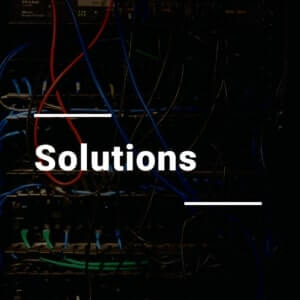Microsoft has issued a warning to investors emphasizing the importance of graphics processing units as a vital raw material in its rapidly-advancing cloud system. According to Microsoft’s annual report, the technology conglomerate mentioned enhancing the GPU infrastructure to avoid outages, the lack of which would otherwise cause.
Per Microsoft’s 2023 fiscal year report, the software maker’s “data centers depend on the availability of permitted and buildable land, predictable energy, networking supplies, and servers, including graphics processing units (‘GPUs’) and other components.”
Unlike the previous year’s report, this year’s announcement mentioned three passages detailing the necessity of GPUs in regulatory filings. However, reports from other technology companies, such as Apple, Meta, Amazon, and Alphabet, did not contain any language regarding GPUs.
The added language about GPUs highlights the growing demand for artificial intelligence (AI) chips at renowned technology companies; the hardware is critical to aid artificial intelligence and boost its capabilities for smaller businesses.
AI, particularly generative AI that studies human patterns to generate text, audio, images, and videos as a response to user input, has gained immense popularity this year following the success of startup OpenAI’s ChatGPT chatbot. Generative AI has assisted various GPU makers, such as AMD and Nvidia.
OpenAI depends on Microsoft’s Azure cloud to study, assess, and generate responses for ChatGPT and other AI models as a part of their collaboration. Microsoft also uses OpenAI’s models to improve its existing products and services, such as the Bing search engine and applications like MS Word and MS Outlook, using generative AI.
Jensen Huang, Nvidia’s CEO, talked about the company’s partnership with Microsoft at Nvidia’s GTC developer conference earlier this year in March. “I am thrilled that Microsoft announced Azure is opening private previews to their H100 AI supercomputer,” he said.
However, partnering with OpenAI and incorporating ChatGPT has led to Microsoft relying on more GPUs than predicted.
Thus, Microsoft has started expanding outside its data centers to increase its capacity, signing a deal with Nvidia-run CoreWeave, which rents GPUs to third-party developers as a cloud service.
Microsoft invested years into building its custom artificial intelligence processor during this time. According to a report released in May, the hype and attention garnered by ChatGPT led to Microsoft accelerating its chip deployment process. In contrast, Meta, Alphabet, and Amazon announced their own AI chips over the past ten years.
According to Amy Hood, Microsoft’s finance chief, Microsoft aims to increase its capital expenditures sequentially in 2023’s quarter to manage data center finances, standard central processing units, networking hardware, and GPUs.
Towards the January end of this year, at the cusp of the AI boom, Microsoft experienced a network disruption that halted Azure services, affecting millions of users worldwide, as they could not access or use Microsoft Teams and Outlook. Per Microsoft’s data, the Azure outage—which houses 15 million customers and over 500 million active users—could impact various services, resulting in a domino effect since most of the world’s top companies use its services.
As Microsoft launches and migrates AI applications on cloud platforms, market experts suggest this migration would require Microsoft to improve its computational power to prevent future disruptions and build a robust cloud infrastructure.














